INTRODUCTION-The movement is the most important characteristics of living organisms. The organisms move from one place to another. The flow of blood, air, nutrients, growth of stem, roots etc. are common examples of movement. Different organisms show different patterns of movement.
|
ANIMALS |
BODY PART (ORGAN) USED
|
MOVEMENT TYPE
|
|
Earthworm
|
Whole body
|
Creeping /muscular movement
|
|
Butterfly |
Wings, Tail |
Flying
|
|
Fish
|
Fins and Tail
|
Swimming |
|
Ameba |
Pseudopodia (False Foot)
|
Swimming |
|
Birds
|
Wings and Tail
|
Flying |
|
Humans |
Limbs (foots and Hands)
|
Walking, Running, Jumping, Hopping, Skipping, Swimming
|
There is slight difference in word ‘movement’ and ‘locomotion’. When some part of body is used to move it is called movement. When whole body moves from one place to another it is called locomotion.
|
Body Parts |
Rotates Completely |
Rotates partly/Turns |
Bend |
Lift |
Does not move at all |
|
Neck |
Yes |
||||
|
Wrist |
Yes |
||||
|
Finger |
Yes |
||||
|
Knee |
Yes |
||||
|
Ankle |
Yes |
||||
|
Toe |
Yes |
||||
|
Back |
Yes |
||||
|
Head |
Yes |
||||
|
Elbow |
Yes |
||||
|
Arm |
Yes |
Human skeleton System–It is made up of bones and cartilage. Skeleton system is the framework of the body. In a mature person there are 206 bones.
Functions of Human Skeleton System –
- Rigid framework gives support to the body.
- It gives shape to the body.
- Protects soft and visceral organs like heart, lungs, brain etc.
- Blood cells are formed in long bones.
- Whole weight of body is born by skeleton.
The bones of our skeleton system are hard and cannot bend. But, because of joints we can bend, and rotate our limbs. It is possible due to joints. The place in our body where bones meet each other is called as joint. It helps in walking, running, swimming, skipping etc. like movements.
There are different types of joints in our body. But the main four types of joints have been discussed here.
(i) Fixed Joint
(ii) Pivotal Joint
(iii) Ball and Socket Joint
(iv) Hinge Joint
(i) Fixed Joint- The joint of bones which cannot move at all are called as fixed joints. e. g.- Joints of skull and upper jaw.
(ii) Pivotal Joint- The joint bones between backbone (vertebral column) and the head is called pivotal joint or neck joint. e. g. Joint of Neck. It allows movement in all directions.
(iii) Ball and Socket Joint-The joint of bones in which there is a ball like structure at the end of one bone that fits in a socket like structure of other bone is called as ball and socket joint. e. g.- Shoulder joint and Pelvic joint.
(iv) Hinge Joint- The joint of bones which allow the movement in one plane only is called as hinge joint. e. g.- Elbow, Knee, Toe and Fingers
This joint is just like the door panes attached with door frame with the hinge.
NOTE-
Gliding Joint- The joint of bones in which bones can glide over each other and allow slight movement in all directions is called as gliding Joint. e. g.-Wrist and Ankle.
The movement of our body occurs by contraction and relaxation of muscles. The muscles are joined by bones by tendon tissue. The bones are joined with each other by ligament tissue. For bending and other activities joint are there in our body. They all help in movement and locomotion of body.
Cartilage- It is a soft skeleton tissue. It is found in nose, ear, and neck and at the joints of bones.
Ancient Greek Philosopher Aristotle in his book ‘Gaits of Animals’ has described patterns of movements in animals. He is regarded as ‘Father of Biology and Zoology’.
Following are the movement patterns in these important animals-
1. Earthworm-
Earthworms do not have bones and legs. Their body is made up of muscular rings joined end to end. They elongate and shorten their body by contraction and relaxation of these muscles.
The body of earthworm fixes on ground by tiny bristles (hair like muscles) during movement. It releases a slimy substance which helps in movement.
2. Snails-
The snails are found in gardens, crop fields and pastureland. Their soft body remains protected by hard outer shell made up of Calcium carbonate {CaCO3}. Its body is segmented and two tentacles are found in front. It moves with the help of its muscular foot.
3. Cockroaches-
Cockroaches are common insects in our houses. They can fly, climb and walk short distances. They have 3 pairs of legs. They have two pairs of wings. Their muscles are strong. They have an outer skeleton.
4. Birds-
Birds have wings which are modified forelimbs. They can walk and fly. They have hollow bones which make them light in weight. They have flight muscles. They have streamlined body, narrow at head and tail while thick in the middle. It reduces friction of air during flying. Some swimming birds have webbed feet.
5. Fish-
Their body is streamlined which reduces friction in water during swimming. Fins and tails also help in swimming.
6. Snakes-
Snakes have long, cylindrical body. They have long backbone, ribs and many thin muscles. They form loops during movement and tiny scales on the abdomen help in it. Snakes show serpentine movement.
EXERCISE QUESTIONS (SOLVED)
Q.1 Fill in the blanks.
{a} Joints of the bone help in the _____ of the body .
{b} A combination of bones and cartilages forms the ____ of the body .
{c} The bones at the elbow are joined by a_____ joint .
{d} The contraction of the _____ pulls the bones during movement .
Ans. {a} movement {b} skeleton {c} hinge {d} muscles
Q.2 Indicate true {T} and false {F} among the following sentence.
{a} The movement and locomotion of all animals is exactly the same .
{b} The cartilages are harder than bones .
{c} The finger bones have do not have joints .
{d} The fore arm have has two bones.
{e} Cockroaches have an outer skeleton .
Ans . a} False b} False c} False d} True e} True
Q.3 Match the items in column 1 with one or more items column 2
Column I Column II
{a} Upper Jaw {1} have fins on the body
{b} Fish {2} has an outer skeleton
{c} Ribs {3} can fly in the air
{d} Snail {4} is an immovable joint
{e} Cockroach {5} protect the heart
{6} shows very slow movement
{7} have a streamlined body
Ans. {a} 4 {b} 1, 7 {c} 5 {d} 6 {e} 2, 3
Q.4 Answer the following:
(a) What is a ball and socket joint?
(b) Which of the skull bone is movable?
(c) Why can our elbow not move backward?
Ans-
(a) The joint of bones in which there is a ball like structure at the end of one bone that fits in a socket like structure of other bone is called as ball and socket joint. The circular movement of ball is possible in this joint. So, this joint allows movement in all directions.
e. g.- Shoulder joint and Pelvic joint.
(b) The lower jaw of the skull is movable.
(c) The elbow has a hinge joint. This joint is just like the door panes attached with door frame with the hinges. The joint of bones which allow the movement in one plane only is called as hinge joint. So, it does not move backward.
watch vkscience on youtube.

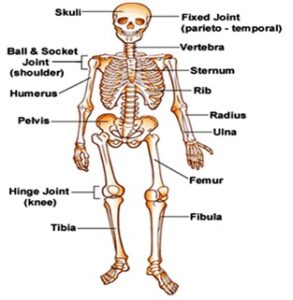
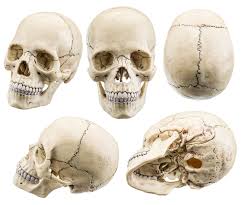
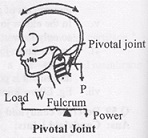
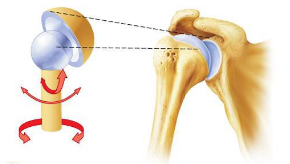
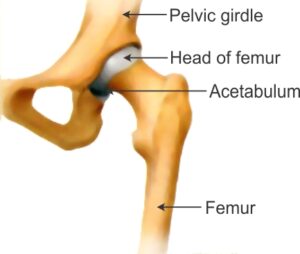
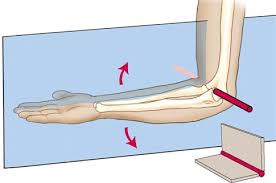
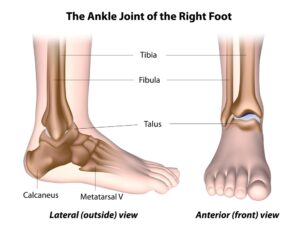
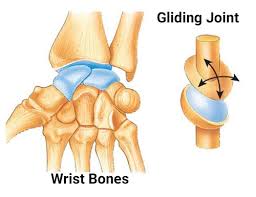
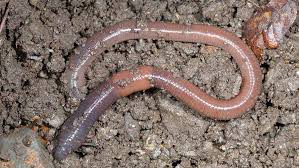
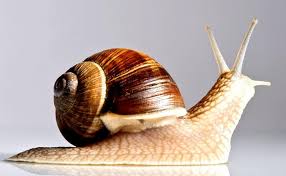
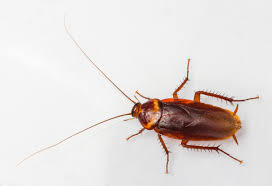
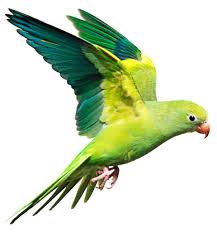

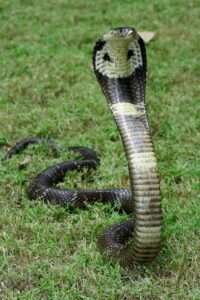
The mean CT values for eight Couinaud segments in each patient showed a statistically significant decrease during therapy p t test and an increase after therapy p t test Fig where to buy cialis However, because these supplements are neither reviewed nor approved by the FDA, they are not indicated for triglyceride lowering in patients with any degree of triglyceride elevation